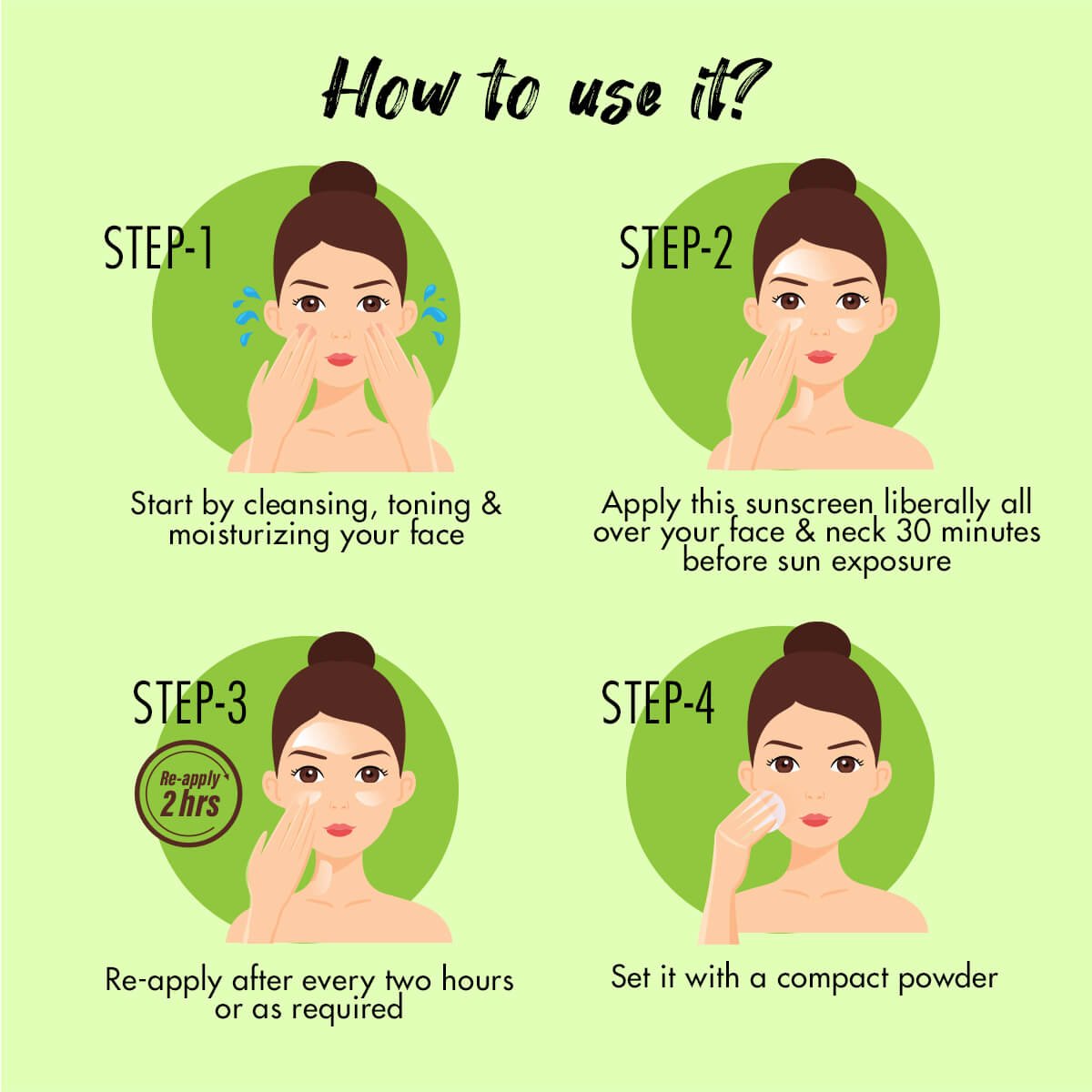When it comes to skincare, sunscreen is a non-negotiable step. However, if you have oily skin or are prone to acne breakouts, you’ve probably experienced the challenge of finding the right sunscreen. Many sunscreens can feel heavy, greasy, or even clog pores, leading to more skin problems. But fear not, because, in this comprehensive guide, we’ll explore everything you need to know about choosing the perfect sunscreen for oily skin and acne-prone skin.
Why Sunscreen for Oily Skin?
Before diving into the world of sunscreens, it’s essential to understand why sun protection is crucial, especially for those with oily or acne-prone skin:
- Protection from UV Damage: Oily skin and acne-prone skin need protection from the sun’s harmful UV rays just as much as any other skin type. UV radiation can cause premature aging, and sunburn, potentially worsening existing acne or blemishes.
- Preventing Post-Inflammatory Hyperpigmentation (PIH): Acne lesions can often lead to PIH, manifesting as dark skin spots. Sunscreen helps prevent these spots from becoming darker when exposed to the sun.
- Maintaining a Healthy Skin Barrier: Some sunscreens for oily skin are formulated to help control excess oil production, which can be a significant concern. The right sunscreen can help maintain a healthy skin barrier.
- Non-Comedogenic Formulations: Many sunscreens today are designed to be non-comedogenic, meaning they won’t clog pores or exacerbate acne.
Now that you understand the importance of sunscreen for your skin type, let’s dive into the specifics of choosing the right sunscreen for oily and acne-prone skin.
Also Read: Skin Care for Luminous Bouncy Skin
How to select a sunscreen for oily skin?
Before picking a sunscreen, it’s essential to consider the following factors:
1. SPF Level:
- Choose a sunscreen with broad-spectrum protection and an SPF rating appropriate for your sun exposure. SPF 30 is an excellent starting point for daily use, but if you spend more time outdoors, consider SPF 50 or higher.
2. Non-Comedogenic:
- Look for sunscreens labeled as “non-comedogenic.” These formulas are less likely to clog pores or trigger acne breakouts.
3. Ingredients:
- Opt for sunscreens that are free of common pore-clogging ingredients like comedogenic oils or fragrances, which can irritate the skin.
4. Texture and Finish:
- Consider your skin’s preferences. Do you prefer a matte finish, a lightweight gel, or a sunscreen that offers additional benefits like hydration or a slight tint?
5. Water Resistance:
- Depending on your activities, you might need a water-resistant sunscreen, especially if you’ll be sweating or swimming.
6. Skin Sensitivity:
- If your skin is sensitive, look for sunscreens with minimal ingredients or those designed for sensitive skin.
7. Skin Type:
- Oily skin can vary in type. Consider your skin’s specific needs, whether it’s simply oily or a combination of oily and sensitive.
Check ingredients before use
Now, let’s explore some of the top sunscreen ingredients and product recommendations tailored to oily and acne-prone skin
- Zinc Oxide: This mineral sunscreen ingredient provides broad-spectrum protection and is suitable for sensitive skin. It has oil-absorbing properties and is less likely to clog pores.
- Titanium Dioxide: Like zinc oxide, titanium dioxide is a mineral sunscreen ingredient that is non-comedogenic and suitable for sensitive skin.
- Niacinamide: This vitamin (B3) can help regulate oil production and soothe irritated skin. Look for sunscreens that contain niacinamide to address oily skin concerns.
- Hyaluronic Acid: While not a sunscreen ingredient itself, hyaluronic acid is often added to sunscreens to provide hydration without a greasy feel.
- Silica or Silica Silylate: These ingredients can help absorb excess oil and create a matte finish.
- Glycerin: Glycerin is a humectant that can keep the skin hydrated without adding oiliness.
How to Apply Sunscreen for Oily Skin
Applying sunscreen correctly is just as important as choosing the right one:

- Cleanse: Start with a clean face to ensure the sunscreen adheres properly.
- Apply Generously: Use enough sunscreen to cover your face and neck thoroughly. Most people under-apply sunscreen, so be generous.
- Reapply: Follow the recommended reapplication schedule, especially if you’ll be outdoors. Reapply every two hours or more frequently if you’re sweating or swimming.
- Layering: If you’re using other skincare products like moisturizers or serums, apply sunscreen
Conclusion
Taking care of your skin’s health is essential, and sunscreen is a critical component of any skincare routine. Finding the right sunscreen for oily skin can help you maintain a shine-free, protected complexion.



